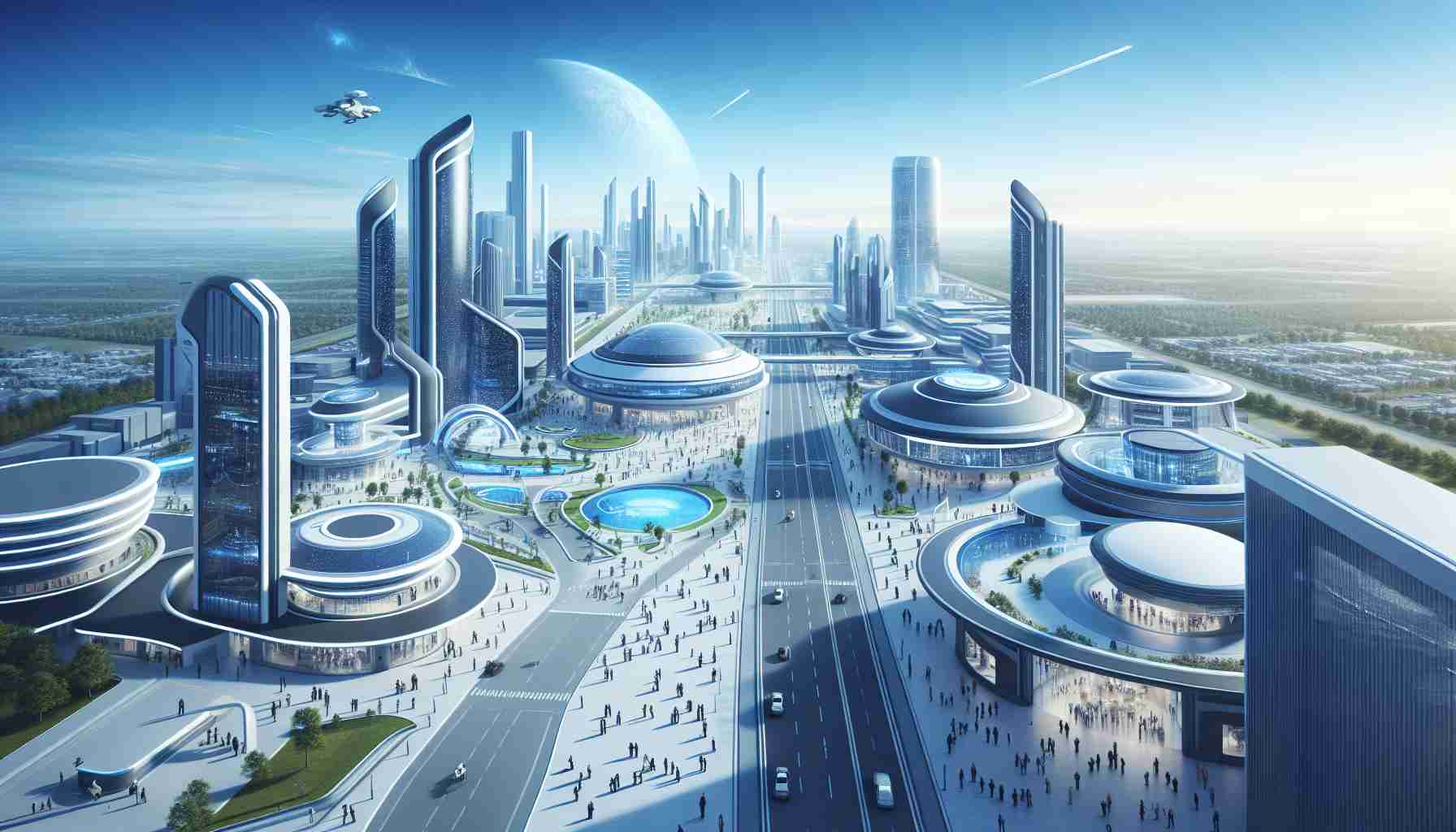- The SpaceX Starship explosion released significant pollution into the stratosphere, raising environmental concerns.
- Scientists emphasize the substantial impact of metal and nitrogen oxides on the ozone layer at high altitudes.
- Stainless steel composition reduced the risk of harmful aluminum oxides but highlights the need for better materials.
- Increased space activity necessitates enhanced environmental oversight and development of cleaner technologies.
- This incident underscores the importance of balancing space exploration with planetary protection efforts.
In a fiery spectacle, SpaceX’s Starship exploded spectacularly over the Caribbean in January, casting more than just blazing debris into the sky—it unleashed a considerable pollution threat lurking at the edge of our atmosphere. This unexpected detonation propelled an immense 45.5 metric tons of metal oxides and 40 metric tons of nitrogen oxides into the stratosphere, a region crucial for protecting life on Earth.
Alarming Concerns: Scientists highlight that these pollutants have a disproportionate impact due to their release at such high altitudes, posing a serious risk to the ozone layer. This single event’s pollution parallels the annual atmospheric effects caused by a third of all meteorites.
Material Matters: Fortuitously, SpaceX’s Starship was crafted from stainless steel, sidestepping the typically harmful aluminum oxides produced by many re-entering satellites. Nonetheless, the urgency to address space-related environmental issues grows as the skies teem with new satellites.
Call to Action: As the space race quickens, the ecological footprint of our ambitious explorations expands. There’s a pressing need for vigilant environmental oversight and innovative solutions like cleaner propulsion systems and stringent launch regulations to curtail space-related pollution.
The dramatic SpaceX incident serves as a stark reminder of the hidden dangers in our quest for the stars. While we reach for the cosmos, we must diligently protect our home planet from the unforeseen hazards of our celestial ambitions. Stay alert to the unseen perils of orbital debris and their potential impact on our atmosphere’s health!
SpaceX Starship Explosion: A Glimpse into the Cosmic Pollution Challenge
SpaceX’s Starship Explosion and Its Environmental Impact
In an unexpected and fiery spectacle, SpaceX’s Starship explosion in January sent shockwaves—both literal and figurative—across the globe. This event, which unfolded over the Caribbean, catapulted an enormous 45.5 metric tons of metal oxides and 40 metric tons of nitrogen oxides into the stratosphere. Their release poses not just a breathtaking visual but also a significant pollution threat at a crucial atmospheric level.
How Does This Compare to Other Space-Related Pollution Events?
The pollutants released by the Starship explosion, primarily metal and nitrogen oxides, were discharged at altitudes that significantly increase their potential to harm the ozone layer. It’s equivalent to about a third of the annual atmospheric effects caused by all meteorites, according to scientists. This showcases the disproportionate impact of pollutants released during such high-altitude incidents compared to terrestrial sources.
Are There Benefits to the Materials Used in Starship’s Construction?
Yes, there are. Notably, the decision to use stainless steel for SpaceX’s Starship instead of more common materials like aluminum helped sidestep the production of harmful aluminum oxides. Aluminum oxides are known to exacerbate ozone layer depletion when released into the atmosphere. Still, as the launch of new satellites continues to grow, the need for more comprehensive strategies and materials is undeniable.
What Measures Are Needed to Mitigate Space-Related Environmental Issues?
The Starship incident accentuates the need for a multi-faceted approach to space exploration’s ecological challenges. This includes developing cleaner propulsion systems and implementing stricter launch regulations to minimize space debris and atmospheric contamination. As the space race escalates, so does our responsibility to institute vigilant environmental oversight to protect both our atmosphere and planet.
Suggested Reading:
The atmospheric and environmental implications of this single event underline the unforeseen hazards of our celestial ambitions. While we strive to explore the cosmos, it’s imperative to safeguard our planet through innovative solutions and regulatory frameworks designed to address the unique environmental challenges posed by modern space endeavors.



















